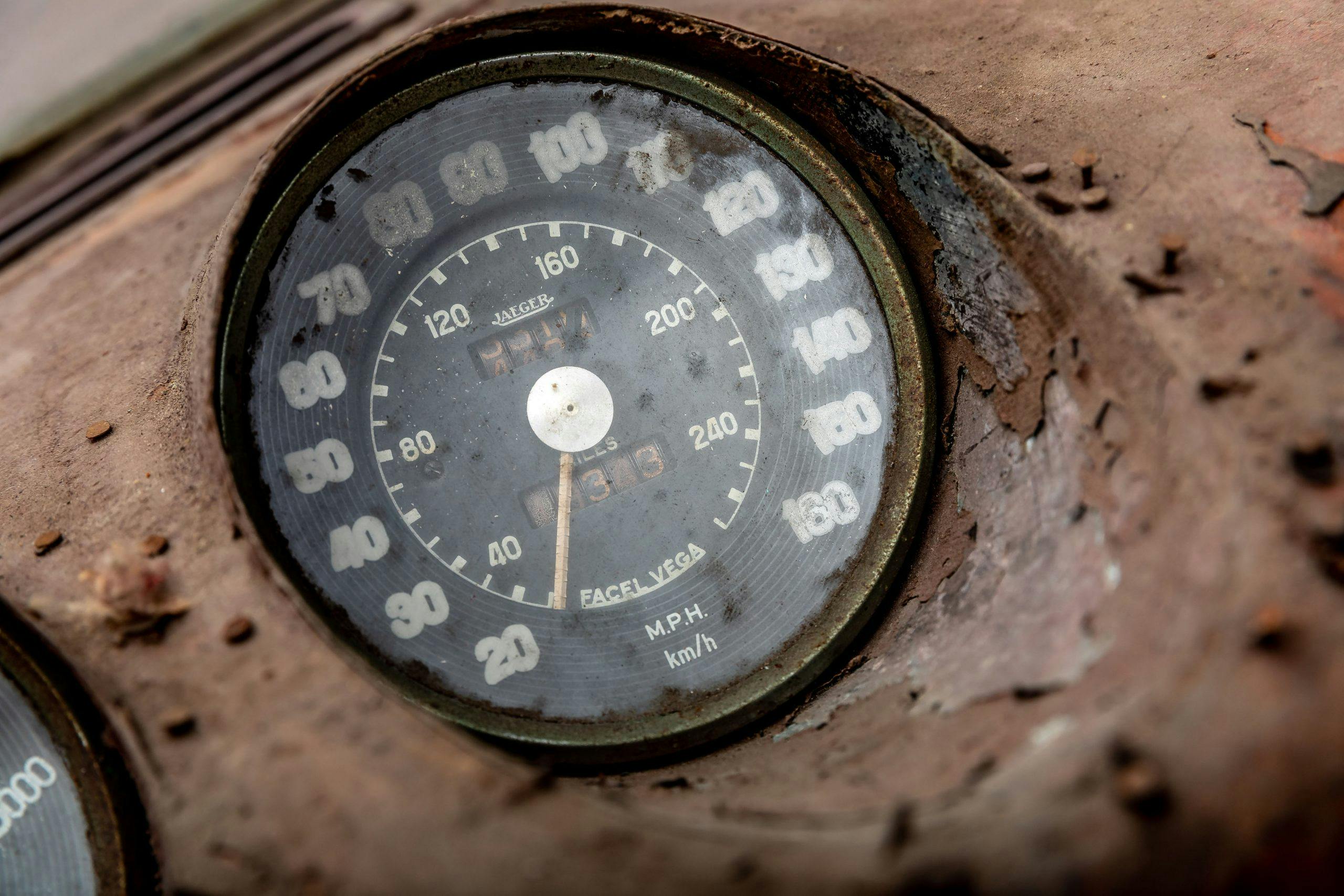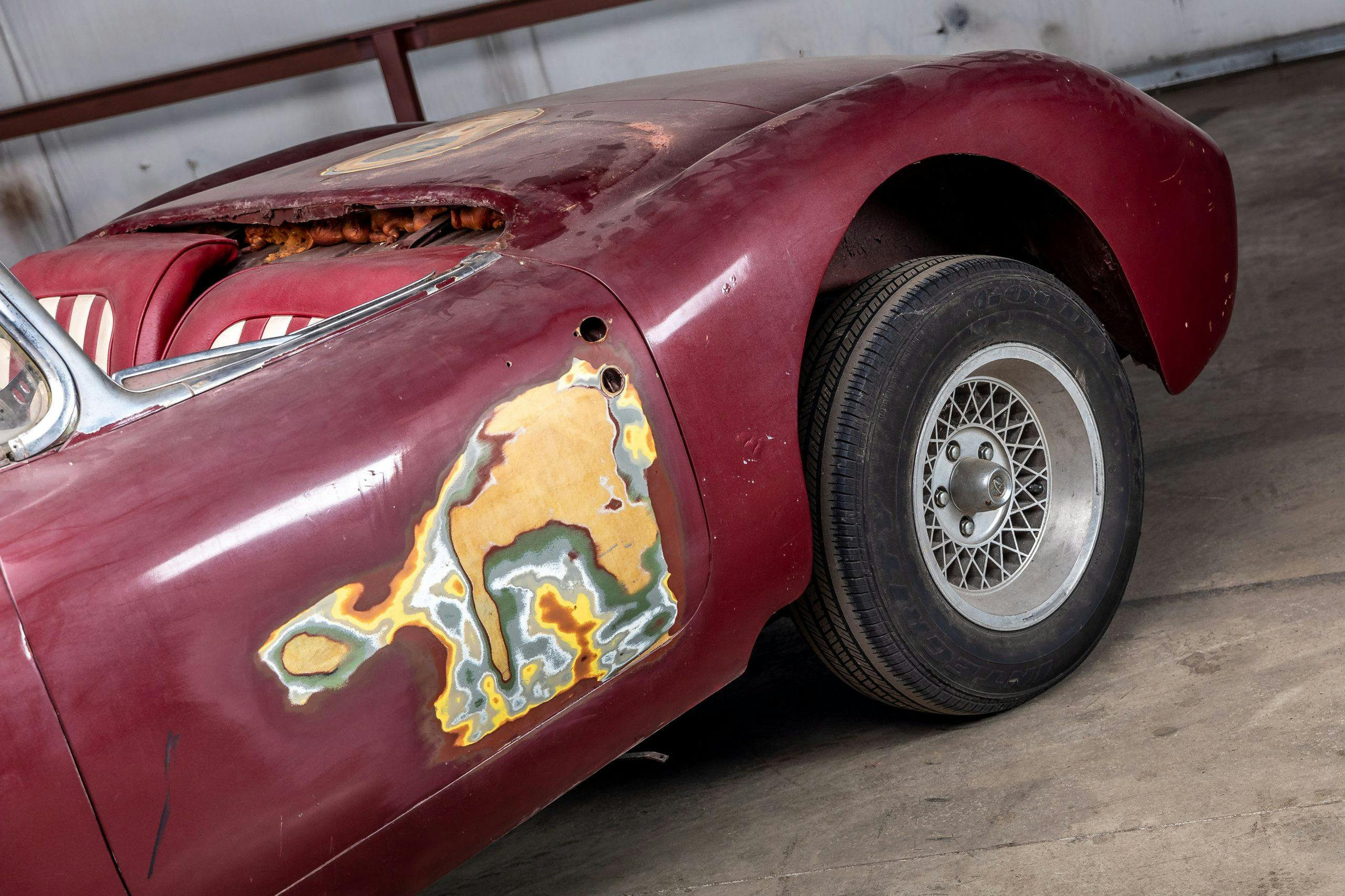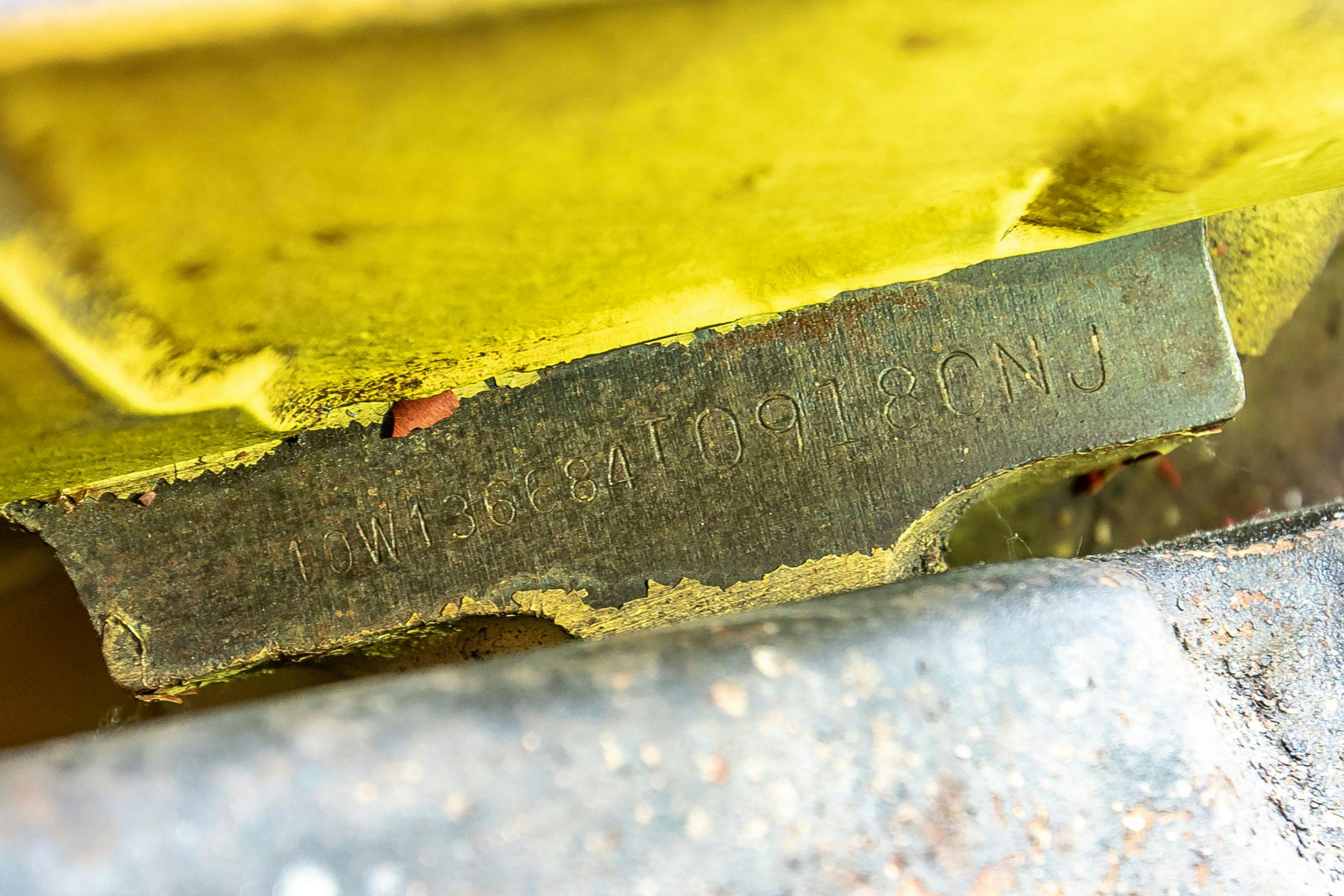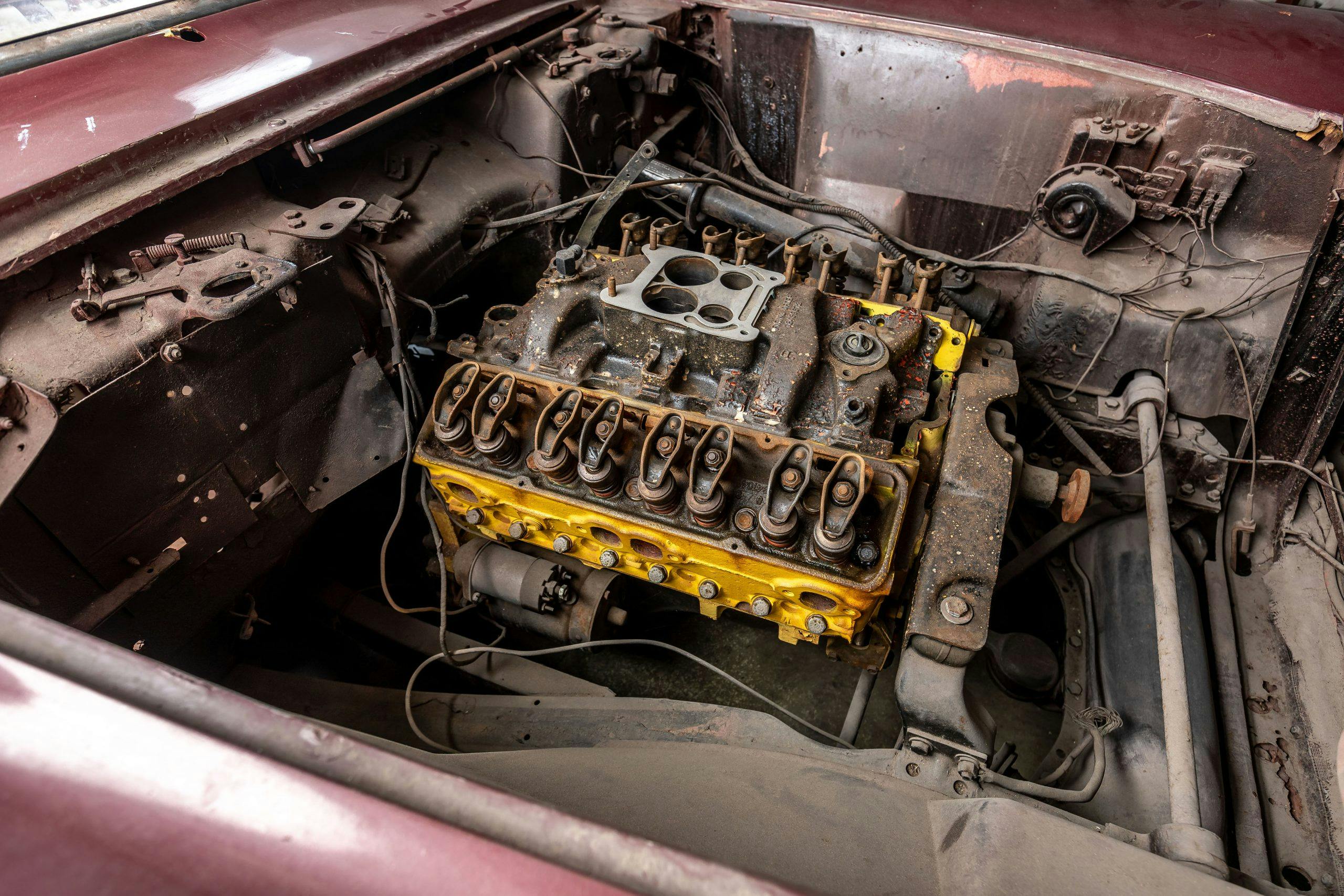Le Mans racer that birthed Corvette racing could bring $1.3M
One of the earliest cars from Corvette’s endurance racing past is bound for auction at RM Sotheby’s 2021 Amelia Island sale. Once the gavel falls, this historic Briggs Cunningham racer might end up on the path to restoration and a reunion with its 1960 24 Hours of Le Mans teammates, securing its rightful place among Corvette’s Le Mans racing legacy.
With all of their success over recent decades, it’s hard to imagine a time when Corvette wasn’t competitive in endurance racing, but things were much different in 1960. The terrible tragedy of the 1955 Le Mans disaster caused Chevrolet to pull its support from factory-backed teams, but there was still plenty of competitive spirit among Corvette’s development team, particularly chief engineer Zora Arkus-Duntov. Duntov was able to convince wealthy racer Briggs Cunningham, who was already a veteran at Le Mans, to field a team of three Corvettes for the 1960 Le Mans 24 Hours. Chevrolet didn’t officially back the team, but Duntov—on the sly—provided the program with expertise and support. Each car was optioned for racing with heavy-duty brakes, suspension, and a fuel-injected 283-cubic-inch small-block V-8.

Briggs Cunningham and driving partner Bill Kimberly piloted the #1 car, the example seen here. Just three hours into the race the car crashed, ending its Le Mans career for good. Several other cars wrecked early during the rainy part of the race, while mechanical ailments sidelined others, including the #2 Corvette driven by Dr. Dick “The Flying Dentist” Thompson and Fred Windridge. When the checkered flag waved, John Fitch and Bob Grossman took the 1960 GT5.0 class win in their #3 Corvette, finishing eighth overall behind six Ferraris and a single Aston Martin.

In the 1960s there wasn’t much romance for old race cars, and they were more often than not treated as used-up goods. The three Corvettes were converted back to road trim and were sold, unceremoniously, as used cars. This car has had a bit of a checkered history, as it fell off the radar for years, only to resurface in 2012 when a legal battle unfolded over its ownership. The son of a previous owner, who had converted the car into a drag racer, claimed it was stolen in the 1960s. The result of the court decision, finalized in 2015, was split ownership three ways.
The car is still in its as-found condition, appearing as it did when it came out of storage in 2012. The car shows feather-edged bodywork in several places that reveal multiple layers of paint and the splintered dash holds a Jaeger Facel Vega speedometer, reading in kilometers per hour. There’s also some sketchy-looking custom bodywork on the tail and some missing pieces that appear to have been removed by a cutoff wheel. Most noticeably, the car is no longer wearing its quad-headlamp front end and the characteristic Corvette side coves are gone.
The story is similar when the hood is lifted to reveal a small-block Chevy V-8, or at least most of a Chevy small-block V-8. There are no valve covers, no exhaust manifold, no carburetor, and the intake looks to be sitting on the heads and not bolted down. The first tell that this isn’t the original race engine? That intake. It was clearly meant for a Quadrajet that was still years away from production in 1960 and a far cry from the original Rochester mechanical fuel injection.
The listing’s extensive and detailed photos also show several casting numbers that shed more light on the engine’s origin. The 3947041 casting number from the cylinder heads indicate they were cast for 1968 through 1970 350s. The block casting number, which appears to be 3970014, suggests the block is also a later replacement, as that also corresponds with a 350. Further inspection of the date and engine code stamped on the block reveals “CNJ”, which is a 1970 300-hp, four-barrel 350 with a four-bolt-main block intended for a manual transmission.
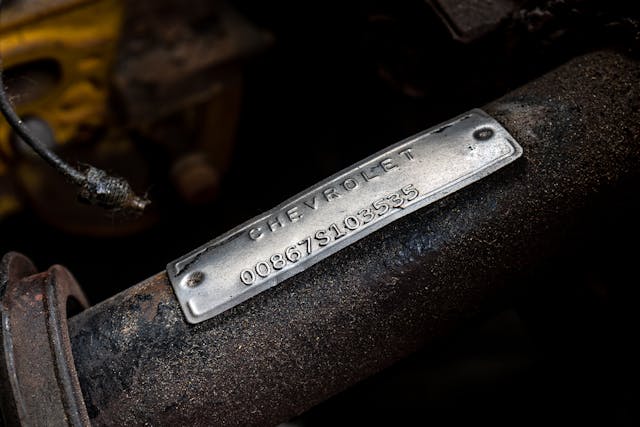
RM Sotheby’s will sell the historic Briggs Cunningham Vette at no reserve, and the pre-sale estimate sits at $900K–$1.3M. Hagerty valuation specialist Greg Ingold noted that a seven-figure price for this car in its current non-running and highly modified state, below #4 (Fair) condition would be significant, but it would have to exceed the high end of the estimate to set a record for a first-generation Corvette. The current highest price for a C1 Corvette is the 1962 SCCA A/Production champion “Gulf Oil” car driven by Dr. Dick Thompson, which brought $1.65M at RM Sotheby’s Andrews Collection sale in 2015.
Even without the original engine, and taking into account the obvious need for considerable restoration work, this car is nothing short of a pillar in Corvette racing history. It served as a promising pioneering effort for the brand in endurance racing, despite that the car’s Le Mans racing career was cut short. Eventually—with full Chevrolet backing—Team Corvette would truly make its mark on the global stage beginning with the fifth-generation sports car. Team Corvette now has eight class wins at the Le Mans 24 Hours. Every race success has to start somewhere, and Corvette’s hallowed Le Mans history undeniably begins with Briggs Cunningham.


